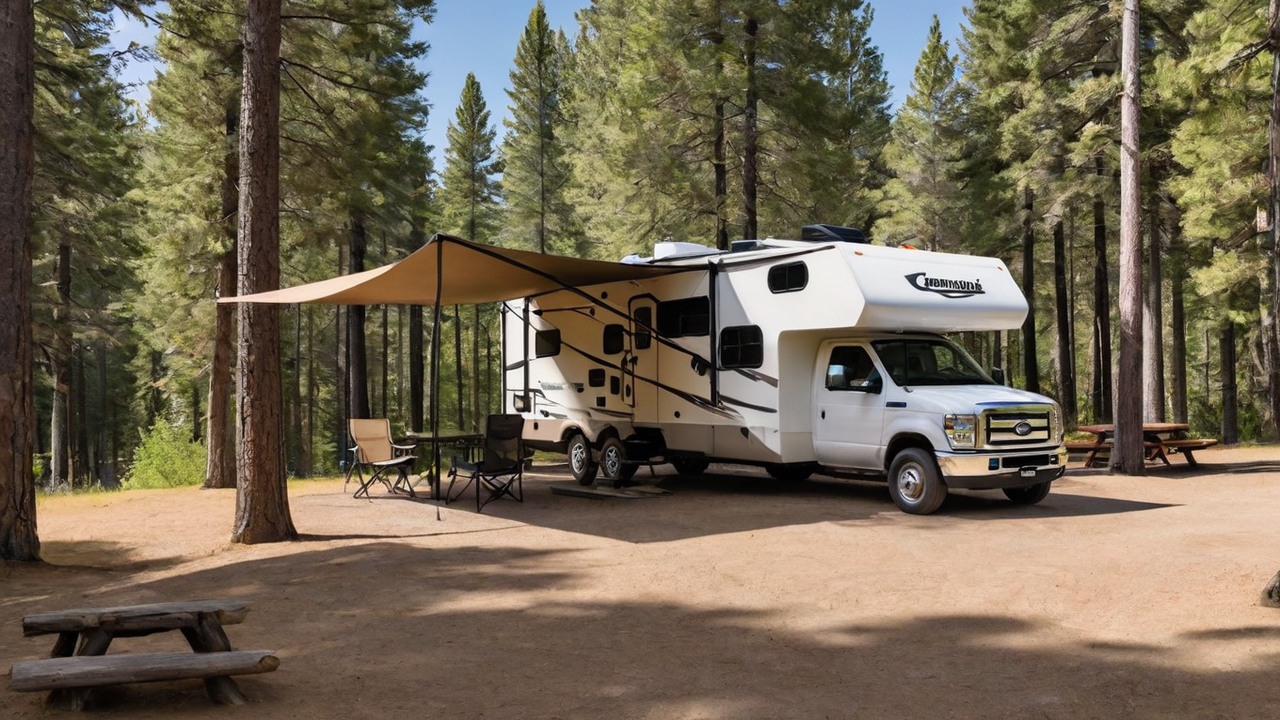
Leveraging GIS for Improved Campground Configurations
Integrating GIS into campground management systems transforms the way campgrounds are designed and managed. By leveraging accurate geographical data, administrators can optimize the layout for improved accessibility and guest satisfaction. This integration allows for the creation of detailed site maps that include natural landscapes, maximizing the use of space while preserving the environment.
The capability to visualize and adjust the campground layout in real-time offers a significant advantage in planning and development. Precise GIS data helps in identifying ideal locations for amenities, ensuring they are both accessible and environmentally sustainable. This approach not only improves guest satisfaction but also contributes to a reduced environmental impact.
Streamlining Booking Processes with Geographic Information Systems
By introducing GIS into campground reservation software, operators provide a more interactive booking process for guests. Guests can select their preferred sites based on actual geographical information, including proximity to facilities and scenic views. This degree of precision in site selection significantly improves planning and contentment for guests.
Furthermore, this technology reduces the likelihood of overbooking and conflicts among reservations. Accurate GIS data guarantees that each site is correctly charted, with clear boundaries, thus facilitating a smoother reservation process. This efficiency not only saves time for site administrators but also boosts the overall customer satisfaction.
Improving Security and Crisis Management with GIS
Integrating GIS into campground management solutions greatly improves safety and emergency preparedness. Detailed site maps permit for precise placement of emergency services like fire stations, medical points, and evacuation routes. This availability to critical information can significantly speed up response times in critical situations, potentially preserving lives.
Moreover, GIS data can be used to spot areas susceptible to natural hazards such as flooding or wildfires, allowing for the development of proactive safety plans. By this approach, campground operators can implement precautionary strategies and alert campers of potential risks, thus guaranteeing a safer camping environment for everyone.
Optimizing Resource Distribution With GIS
GIS technology enables campground operators to effectively allocate resources across the area. By analyzing geographical data, managers are able to determine the most optimal locations for amenities such as restrooms, picnic areas, and recreational areas. This ensures that all guests have convenient access to amenities, enhancing their total experience.
Additionally, GIS can help in monitoring the usage of environmental assets, promoting sustainable management within the campground. Through precise mapping, campsites can prevent overuse of sensitive areas, aiding in conservation efforts and maintaining the natural appeal and integrity of the environment.
Increasing Guest Satisfaction with Interactive GIS Features
Interactive GIS maps enhance visitor engagement by providing an immersive experience of the campground before they arrive. Guests can explore different areas, see photos, and read about nearby attractions directly through the site’s website. This pre-visit interaction begins the guest experience on a positive note, increasing anticipation and satisfaction.
Moreover, these interactive features may serve as a guide during the stay, offering up-to-date information on weather conditions, scheduled events, and available services. This connectivity ensures that campers remain updated and are able to completely experience their outdoor experience.
Advancing Environmental Sustainability with GIS
GIS integration in campground management software plays a crucial role in promoting environmental sustainability. Accurate mapping allows for careful planning and management of natural resources, minimizing human footprint on the landscape. Such tools make it possible to keep track of and control ecosystems, water bodies, and vegetation, ensuring their preservation for future generations.
Furthermore, by utilizing environmental GIS data, campsites can determine regions suitable for renewable energy installations or other green initiatives. Such strategy not only enhances the campground’s sustainability but also lowers operational costs, showing a commitment to protecting the natural world.
Integrating Community Knowledge into Campground Planning with GIS
GIS systems empower campground operators to integrate local knowledge into campground development. By collaborating with local residents, operators can gain a deeper understanding of the area and its cultural importance. This partnership ensures that campgrounds are planned with respect for local values and heritage, enriching the visitor experience.
Moreover, such integration assists in discovering unique chances for campground experiences and attractions that showcase the area’s culture and landscape. Incorporating community perspectives into the planning process doesn’t just enhance the genuineness of the campground but also bolsters relationships with the local populace, creating a positive effect for all involved.
Adapting to Evolving Visitor Expectations with Adaptive GIS Information
The landscape of outdoor recreation is always evolving, with visitor expectations becoming more complex. Using dynamic GIS data enables campground managers to quickly adapt to these shifts by updating amenities and services to meet current demands. This flexibility ensures that campgrounds remain appealing and relevant in a rapidly changing market.
Additionally, the capability to gather and analyze guest feedback through GIS-based applications means campground managers can continuously refine their offerings. Tailoring the camping experience to meet individual preferences not only increases visitor contentment but also promotes return visits, driving the success of the campground in the long term.
continue exploration